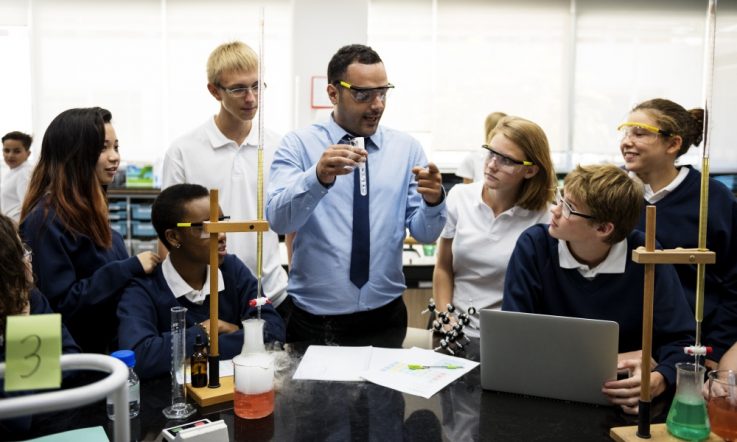Towards a new curriculum
The current New South Wales school curriculum is in need of reform. That was the clear message from state-wide consultations and submissions to my review. Many people saw reform as essential if young people are to be better prepared for their futures and the changing world of work. They identified three aspects of the curriculum in need to reform.
First, many syllabuses contain too much material. This is not true of all syllabuses, but it is true of many. The consequence, teachers told me, is time pressure. They race to get through syllabuses, making it difficult to reteach when necessary, to spend time with students who require additional assistance or to tailor teaching to local issues and student interests. They referred to many syllabuses as ‘cluttered’ and ‘over-crowded’.
Some teachers described a sense of skating across the surface of the curriculum. There was little time to explore concepts in depth or to provide a range of examples to help students see the relevance of what they’re taught or how it can be applied in different contexts. I was reminded of American references to ‘mile-wide’, ‘inch-deep’ curricula in which everything seems equally important.
A new curriculum should contain less content. It should identify a core of essential concepts, principles and methods in each subject and prioritise these over more peripheral facts and routines. It should draw on research to do this, and to plan students’ progressive acquisition of essential knowledge and understandings across the years of school. And it should support teachers to focus their teaching on deep understanding. As one person put it, when it comes to the curriculum, less is more.
Second, the current curriculum artificially separates knowledge and skills. This is partly because formal assessment processes (tests and examinations) value knowledge and undervalue skills. Skills in gathering and analysing information, solving complex problems, using technologies, creating new solutions, working in teams and communicating with others are crucial in life and work, including in professional work. But attempts to value them in school curricula often exacerbate the knowledge-skills tension by proposing that they be taught and assessed separately from subject knowledge.
In the senior years, this separation of knowledge and skills emerges as the academic-vocational divide. Although all students presumably aspire to a vocation, the school curriculum restricts vocational learning to a set of skills-based courses widely perceived to be of lower status than knowledge-based subjects. Some of these courses provide skills for jobs and tasks increasingly being performed by machines.
A new curriculum should integrate knowledge and skills. Every subject should be a mix of theory and practice, with no subject focused only on knowledge or only on skills. The head-hands dichotomy of the past should be replaced by opportunities for all students to apply what they know and to learn the theory behind what they do. This expectation should then be reflected in assessment processes that include practical applications, meaningful projects and problem solving.
Third, the current curriculum is not designed to maximise learning. It presents too many students with material they’re not yet ready to learn, and too many others with material they’ve already mastered. This is because it’s based on an incorrect assumption—that students in the same year of school are more or less equally ready for the same year-level curriculum. In reality, the most advanced students in each year group are about six years ahead of the least advanced students.
The consequence is that many students commence year-level curricula not having mastered the content of the previous year’s curriculum. They are forced to move on, ready or not. This happens year after year, with gaps in learning accumulating and year-level curricula becoming increasingly beyond their reach. In NSW by 15 years of age, 20 per cent have failed to reach minimally acceptable levels in reading and mathematics; another 20 per cent have failed to reach levels identified as ‘proficient’. The current design of the curriculum, with its assumption that every student should progress at the same rate, allows many students to fall by the wayside.
At the same time, more advanced students are prevented from moving to a more challenging curriculum when ready. The time-bound nature of the curriculum means that, rather than being challenged and extended, these students often mark time and so fail to reach the levels of which they’re capable.
A new curriculum should address this problem. It should be based on research evidence that successful learning depends on stretch challenges appropriate to the point a student has reached in their learning – not within their comfort zone or well beyond their reach. This requires a different way of structuring the school curriculum. Students should be able to progress through increasing levels of attainment in a subject without being in lock-step. Every student should be expected to make excellent progress every year, regardless of their starting point. But students who require more time should have it, and students ready to progress should be able to do so.
Any one of these problems would be reason for reform. Considered together, they provide a compelling case for a new approach to the NSW school curriculum.



